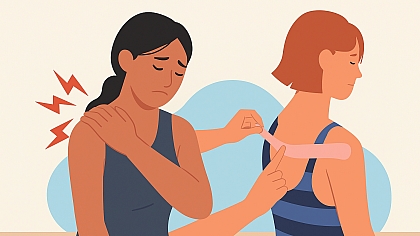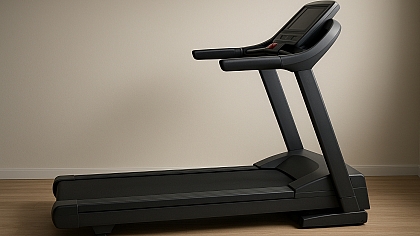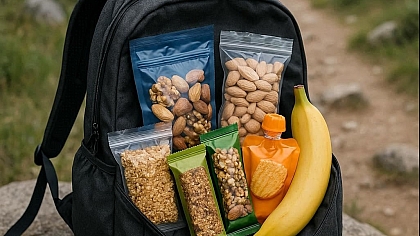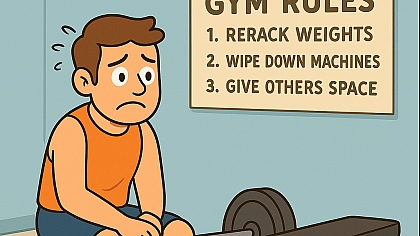
How to Build a Home Gym for Functional Fitness
Train for Life, Not Just for Looks
A functional home gym prepares your body for daily tasks: lifting groceries, playing with kids, and moving furniture. It focuses on movement patterns—like pushing, pulling, squatting, and hinging—not on isolating single muscles. The best equipment is versatile, durable, and space-efficient. You do not need a room full of machines; you need a few key tools that offer endless workout variety.
What Makes a Gym "Functional"?
Functional fitness trains your body to work as a complete system. It improves your strength, balance, coordination, and stamina in ways that apply directly to your life outside the gym. The equipment chosen should support compound movements that engage multiple muscle groups at once, mimicking real-world activities.
The Essential Equipment List
Start with these foundational pieces. Each item serves multiple purposes and builds a different aspect of functional strength.
1. Adjustable Dumbbells: This is the most efficient first purchase. They save immense space compared to a full dumbbell rack and allow you to quickly change weights for different exercises.
- Why they work: They are the ultimate tool for unilateral training (working one side of your body at a time), which corrects muscle imbalances and builds stability. Use them for goblet squats, lunges, presses, and rows.
- What to look for: A dial-style or selector pin mechanism that allows fast weight changes. Ensure the maximum weight (often 50-90 lbs) meets your long-term goals.
2. Kettlebells: A kettlebell’s off-center center of mass builds grip strength, stability, and explosive power in a way dumbbells cannot.
- Why they work: They are ideal for dynamic, full-body movements like swings, cleans, and Turkish get-ups. These exercises develop posterior chain power (glutes, hamstrings, back) and rock-solid core stability.
- What to look for: Start with one or two standard sizes. A 16kg (35lb) bell is a common starting point for men; an 8kg (18lb) or 12kg (26lb) bell is common for women.
3. Resistance Bands with Handles & Door Anchor: Bands provide accommodating resistance—the tension increases as you stretch the band—which challenges your muscles differently than weights.
- Why they work: They are perfect for simulating cable machine exercises like chest presses, rows, and lat pulldowns with a door anchor. They are also excellent for adding resistance to bodyweight exercises like squats and glute bridges.
- What to look for: A set with multiple resistance levels, comfortable handles, a secure door anchor, and ankle cuffs for lower-body work.
4. A Sturdy Plyometric Box: This simple box is a platform for step-ups, box jumps, dips, and elevated push-ups. It trains power, coordination, and relative strength (how strong you are for your body weight).
- Why it works: Box jumps develop explosive power. Step-ups build single-leg strength and stability. It is a simple, incredibly effective tool for building athleticism.
- What to look for: A wood or metal box with a non-slip top. Choose an adjustable height model or a fixed height that challenges you (20-24 inches is a common standard).
5. A Flat Bench: An adjustable bench increases the versatility of your dumbbells exponentially, allowing for chest presses, seated overhead presses, and step-ups.
- Why it works: It unlocks a wider range of motion for upper-body exercises, leading to greater muscle development and strength gains. It is also a stable platform for box jumps and step-ups.
- What to look for: A sturdy, stable bench that does not wobble. An adjustable backrest (inclining) is a valuable feature, but not strictly necessary to start.
Maximizing a Small Space
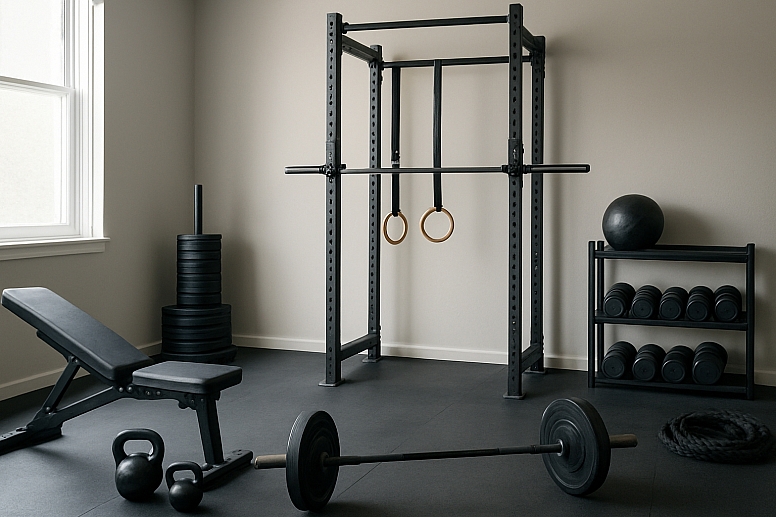
You do not need a dedicated room. A corner of a garage, basement, or spare bedroom is sufficient.
- Prioritize Footprint: Every item on this list has a small footprint. Kettlebells and bands can be stored in a bin. Adjustable dumbbells replace an entire rack.
- Flooring: Protect your floor and dampen sound with interlocking rubber foam or horse stall mats from a farm supply store. They are durable and affordable.
- Storage: Use a simple wall-mounted rack for bands or a shelf for weights. Keeping the floor clear makes the space feel larger and safer.
Building Your Workouts
With this equipment, you can perform every fundamental human movement.
- Squat: Goblet Squats (Dumbbell/Kettlebell), Front Squats
- Hinge: Kettlebell Swings, Romanian Deadlifts (Dumbbell)
- Push: Dumbbell Floor Press, Push-Ups (off the Box for incline/decline)
- Pull: Bent-Over Rows (Dumbbell), Seated Rows (Resistance Bands)
- Carry: Farmer's Walks (Dumbbells/Kettlebells)
- Core: Planks, Turkish Get-Ups (Kettlebell)
A Sample Functional Workout
Warm-up (5 mins): Jumping jacks, arm circles, leg swings. Circuit (Repeat 3-4 times):
- Kettlebell Swings (10-15 reps)
- Dumbbell Goblet Squats (8-12 reps)
- Push-Ups (10-15 reps)
- Resistance Band Rows (12-15 reps)
- Farmer's Walk (length of your space) Cool-down (5 mins): Full-body stretching.
Invest in Movement, Not Just Metal
Building a home gym for functional fitness is not about buying the most equipment; it is about buying the right equipment. This curated list provides everything you need to build a strong, resilient, and capable body that performs well in everyday life.
Your foundation for a stronger life starts here.
Frequently Asked Questions
What is the first piece of equipment I should buy? A single kettlebell or a set of adjustable dumbbells. Both are incredibly versatile and allow you to perform a huge variety of exercises immediately.
Can I get a good workout without any equipment? Absolutely. Bodyweight exercises like push-ups, squats, and lunges are foundational. However, adding external load (weights, bands) is necessary to continue building strength over time.
How much should I expect to spend? You can build a highly effective gym with the essentials for a few hundred dollars. Prioritize quality and versatility over quantity. It is better to have one good kettlebell than five cheap, poorly shaped ones.
Is this equipment safe to use alone? Yes. Unlike barbell training, which can be risky without a spotter, dumbbells and kettlebells can be safely dropped if necessary. Always learn proper form, start with lighter weights, and prioritize control.

